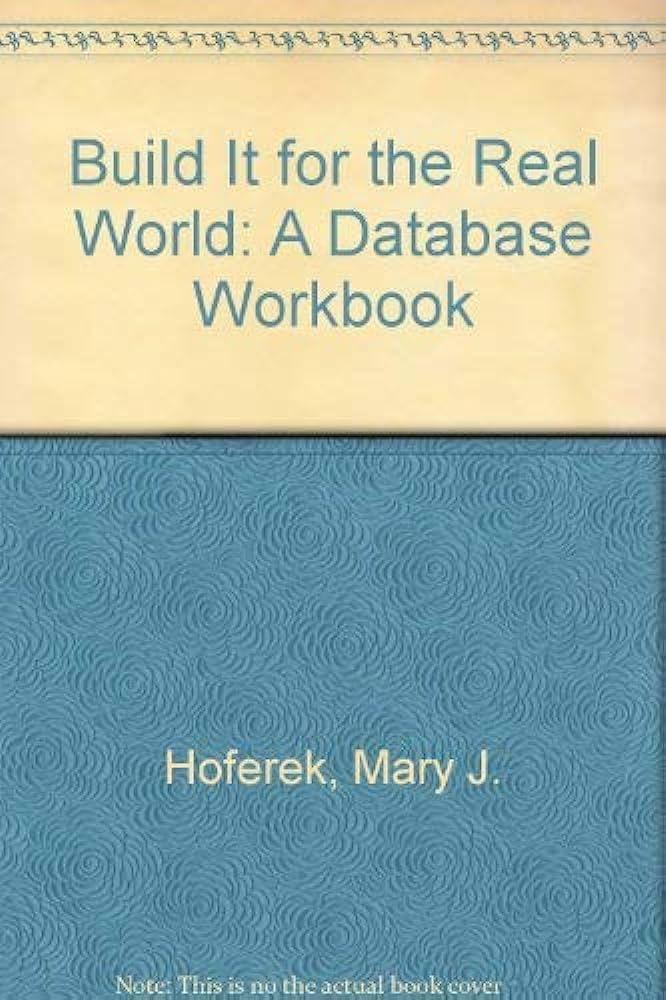Question
Please fill in all the code needed that is asked for down below #include #include #include #include /*The following struct will represent an LFSR with
Please fill in all the code needed that is asked for down below
#include
/*The following struct will represent an LFSR with a 64 bit state. The taps are represented by a 64 bit number, where the ith bit (from the right) corresponds to p_i (in the notation of the textbook). The uint64_t is a 64 bit unsigned integer. There is a small chance that this code may behave unexpectedly if compiled on Windows or Mac. Please let me know if you get issues. It compiles and runs under clang and gcc. */ typedef struct { uint64_t state; uint64_t taps; } LFSR;
int parity(uint64_t N) { /* Return the parity of N*/ int p = __builtin_parity(N); // parity of first 32 bits N = __builtin_bswap64(N); //move back 32 to the front return (p+__builtin_parity(N))%2; //overall parity }
int read_lfsr(LFSR* L) { /*Return the current output bit (the rightmost bit of the state variable) */
/* You implement this*/
return (l->state & 1; // remove this line when you properly implement the function.
}
void next_state(LFSR* L) { /*Takes LFSR. Returns nothing. Side effect: advances L to next state.(shift to the right and replace leftmost bit with appropriate value) */
/* You implement this. Hint: make use of the parity() function provided above*/
}
void init_LFSR(LFSR* L, uint64_t initial_state, uint64_t taps) { /*Initialize with state and taps*/ L->state = initial_state; L->taps = taps; }
unsigned char get_stream_byte(LFSR* L) { /*Return one byte of keystream. Note that the byte fills up from left to right. */ unsigned char C = 0; int i = 7; for(;i>=0;i--) { //printf("%d ",read_lfsr(L)); C |= (read_lfsr(L)< void encrypt(char* pt,char* ct,LFSR *L) { /*Use the LFSR stream cipher to encrypt the file named pt (plaintext) and write the output to the file named ct (ciphertext); */ FILE* PT = fopen(pt,"r"); FILE* CT = fopen(ct,"w"); assert(PT); //make sure files opened okay assert(CT); int c; while((c=getc(PT))!=-1) { unsigned char sb = get_stream_byte(L); fputc(sb^c,CT); } fclose(PT); fclose(CT); } void decrypt(char* pt,char* ct,LFSR *L){ /*Make sure L has been reset to the initial state*/ encrypt(pt,ct,L); } void get_128_keystream_bits(char* ct,char* kpt) { /*This function takes 16 bytes of ciphertext and 16 bytes of known plaintext. The output is a file named "key_stream.txt" that contains 128 bits of keystream. The stream is represented in ASCII, with 128 lines, and either a "0" or a "1" on each line. */ /*This is the plaintext attack in which you recover 2m keystream bits. You implement this. */ } void shape_keystream() { /* This function opens the file "key_stream.txt" created by get_128_keystream_bits(). It uses this data to create a file called "S.mat.sage" which is a 64x64 matrix of keystream bits of the form discussed in the project description. It also creates a vector (a 64x1 matrix) of keystream bits of the form described in the project description. This is stored in a file called "V.mat.sage" */ //See the file matrix.sagews for examples of what the output should look like. /*You implement this*/ } int main() { LFSR L; uint64_t initial_state = 0xbeefcafebabecab1; uint64_t taps = 0xdeaddeedacedface; init_LFSR(&L,initial_state,taps); encrypt("toy_pt.txt","ct.dat",&L); init_LFSR(&L,initial_state,taps); decrypt("ct.txt","toy_ot.txt",&L); //get_128_keystream_bits("target_ciphertext","
Step by Step Solution
There are 3 Steps involved in it
Step: 1

Get Instant Access to Expert-Tailored Solutions
See step-by-step solutions with expert insights and AI powered tools for academic success
Step: 2

Step: 3

Ace Your Homework with AI
Get the answers you need in no time with our AI-driven, step-by-step assistance
Get Started


